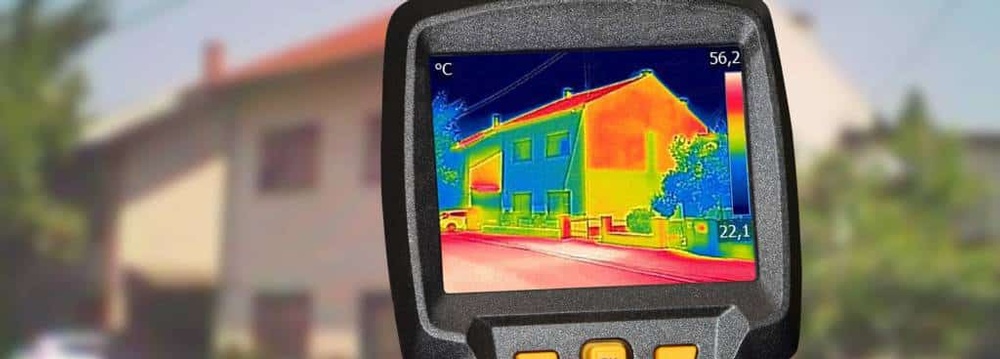Understanding An Infrared Thermography Inspection

Understanding Infrared Thermography in Home Inspection
When it comes to home inspections, one of the most valuable tools available today is infrared thermography. This technology utilizes infrared imaging to detect and visualize temperature variations in objects and surfaces, offering valuable insights into potential issues within a home. Whether you're a homeowner, buyer, or seller, understanding how infrared thermography works and its benefits can empower you to make informed decisions about your property.
What is Infrared Thermography?
Infrared thermography, also known as thermal imaging, is a non-destructive testing method that uses specialized cameras to capture infrared radiation emitted by objects and convert it into visible images. Every object with a temperature above absolute zero (-273.15°C) emits thermal energy in the form of infrared radiation. Infrared cameras detect this radiation, measure the temperature variations, and generate images called thermograms.
How Does Infrared Thermography Work in Home Inspections?
The principle behind infrared thermography is that different materials conduct heat differently. Areas with moisture, insulation gaps, air leaks, or electrical issues tend to have distinct thermal signatures. These anomalies can be identified through the color gradients displayed in the thermograms, with warmer areas appearing as red or yellow and cooler areas as blue or purple.
Benefits of Infrared Thermography in Home Inspections
- Detection of Moisture Intrusion: Water damage and moisture issues are common problems in homes. Infrared thermography can detect hidden water leaks, plumbing issues, roof leaks, and moisture intrusion in walls, ceilings, and floors. This early detection helps prevent microbial growth which can cause respiratory issues.
- Energy Efficiency Assessment: Infrared cameras can identify areas with inadequate insulation, air leaks, or thermal bridging. These insights allow homeowners to make targeted improvements, resulting in energy savings and increased comfort.
- Electrical System Evaluation: Overheated electrical components pose a significant fire hazard. Infrared thermography can identify abnormal heat patterns in electrical panels, wiring, and connections, helping to identify potential hazards and prevent electrical fires.
- Pest Infestation Identification: Infrared imaging can expose hidden pest infestations such as termites, rodents, or bats. These pests often leave thermal footprints behind, making them detectable through thermography even when hidden from the naked eye.
- Structural Defect Detection: Thermal imaging can reveal structural defects like missing insulation, framing issues, and foundation cracks. By identifying these problems early on, homeowners can address them before they worsen and become costlier to repair.
Take advantage of this amazing technology and book your Infrared Thermographic inspection today with Robbins Services & Home Inspections